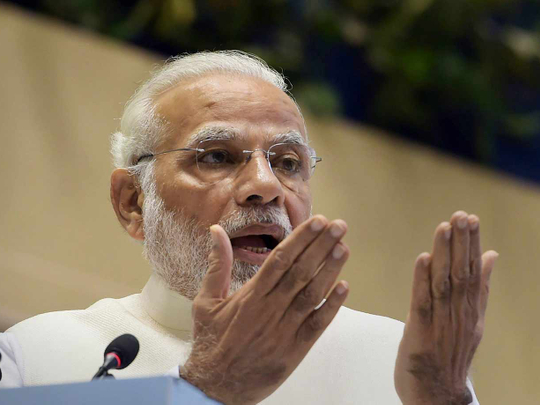
Dubai: Barely two weeks after registering an impressive win in India’s north-eastern state of Tripura, Indian Prime Minister Narendra Modi’s Bharatiya Janata Party is today staring at humiliating defeats in key heartland provinces.
In Uttar Pradesh, the party is losing two key parliament seats, including Phulpur, a constituency once represented by the country’s first prime minister Jawahar Lal Nehru. The defeat in Gorakhpur is more painful and a major embarrassment as the seat was held by the BJP since 1989. Moreover, it was vacated by the party’s new Hindutva mascot and Chief Minister Yogi Adityanath.
Do these defeats signal a dwindling popularity of Modi and his party in the heartland state that sends 80 elected lawmakers?
It is too early to pinpoint a reason but two things have clearly worked in the opposition’s favour. One, Samajwadi Party which was routed in state elections in March 2017 by the BJP, entered into a last-minute alliance with Bahujan Samaj Party, a popular choice of poor Dalit voters. Although, it is not clear if this alliance will be extended to the next general elections due in March 2019, Wednesday’s results have clearly rattled the BJP. Two, the defeat in UP can be attributed to Modi’s inability to defend states where his party is in power. Bihar is another example, the state where the BJP-led National Democratic Alliance is losing two out of three seats. Rashtriya Janata Dal, a party led by jailed politician Lalu Prasad Yadav is set to win Araria and Jehanabad seats. Similarly, in Gujarat where Modi’s party has ruled since 1998, the BJP barely managed to retain the state with a reduced number of seats and vote share. In another BJP-ruled state of Rajasthan, the Congress snatched two parliament seats from the right-wing party.
So, why the BJP is unable to defend states where it is in power? Or why Modi’s charisma fails to work in elections when his party is the defender?
The answer perhaps lies in the BJP’s strategy to fight elections. The party depends on Modi’s charisma, committed cadre, deep pockets and social media to influence public opinion. Modi’s own campaigning draws heavily on targeting the incumbent with personal attacks and making tall promises to the electorates. In Tripura, for example, he promised jobs youths and federal funding to boost the state’s economy. In the trophy state of Uttar Pradesh where the party won 325 out of 403 seats in March last year, Modi assured good governance, low crime rate, developments and jobs. However, his party surprised everyone by installing Adityanath, a firebrand Hindutva leader with little administrative experience. Not surprisingly, Adityanath has failed to deliver on most promises. Also, in the BJP-ruled Rajasthan state where Modi made a clean sweep by winning all the 25 parliamentary seats in 2014, the loss of two seats in by-elections showed a clear disconnect with the voters. Chief Minister Vasundhra Raje had scrapped popular welfare projects launched by her predecessor.
Three BJP ruled states – Madhya Pradesh, Rajasthan and Chattisgarh – will go to polls later this year. Soon after, general elections are due next year and Modi will have to defend his party's performance in 21 states where it is in power now. If the present trend continues, it will be tough to match his performance in 2014 when he won 282 out of 543 seats. To retain power, Modi will have to work harder to fight the growing perception that his party makes tall promises to win elections but fails miserably when it comes to deliver on governance.












